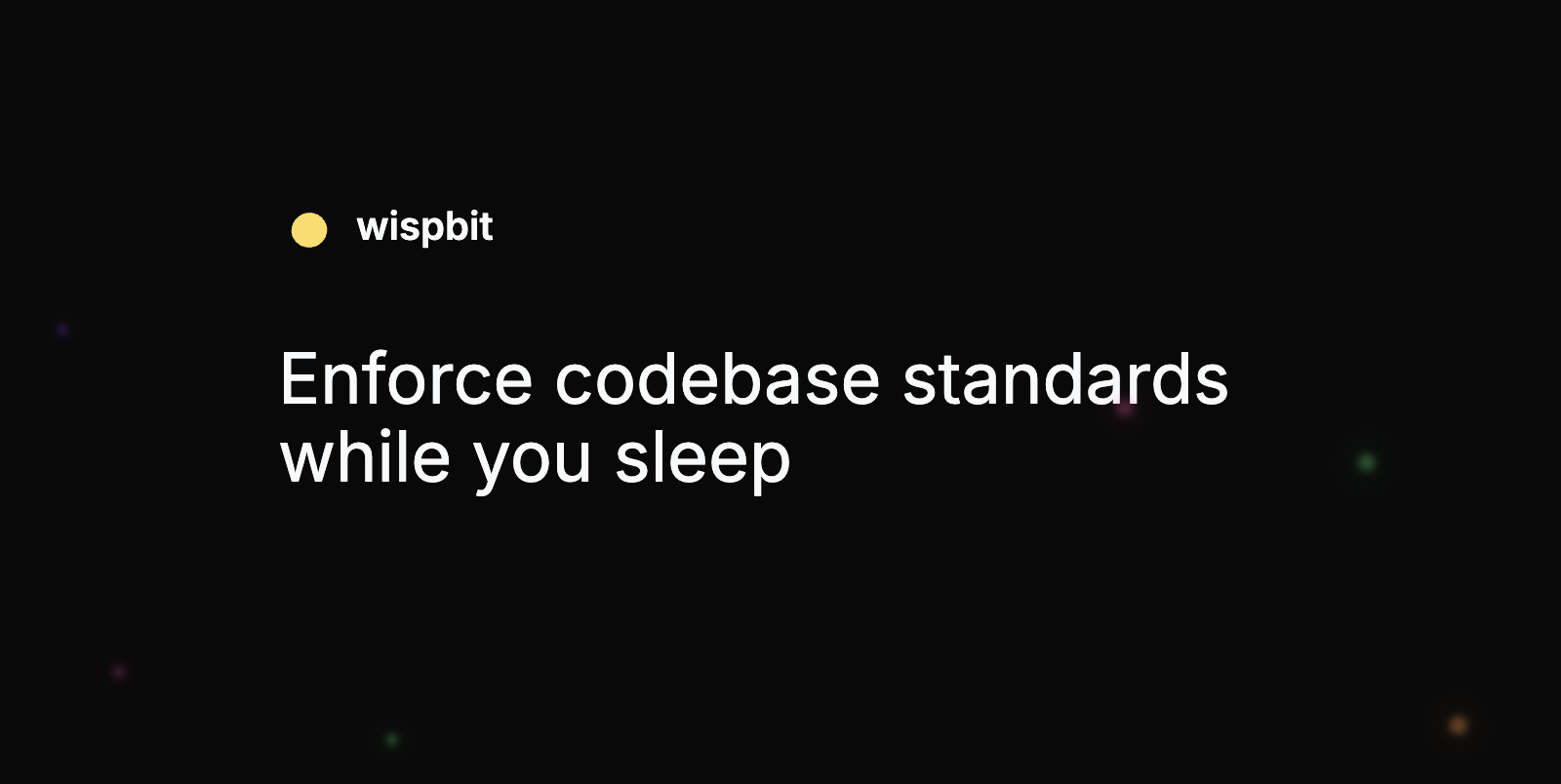DevOps Articles
Curated articles, resources, tips and trends from the DevOps World.
What is CIRCIA? How This Law May Affect Your Business | UpGuard
Summary: This is a summary of an article originally published by the source. Read the full original article here →
The https://www.cisa.gov/topics/cyber-threats-and-advisories/information-sharing/cyber-incident-reporting-critical-infrastructure-act-2022-circia is a US federal law that requires all critical infrastructure entities to report any cybersecurity incidents or https://www.upguard.com/blog/ransomware to the Cybersecurity and Infrastructure Security Agency (CISA) within a specified timeframe. The goal of CIRCIA is to allow CISA sufficient time to provide support and resources for the affected industries and victims, while using the reports to analyze potential attack trends across industries and share that information with potential targets in the critical infrastructure sector.
If the covered cyber incident also qualifies as a https://www.upguard.com/blog/ransomware, the covered entity must report the incident to CISA within 24 hours if a ransomware payment has been made.
CISA currently defines a “covered cyber incident” as a substantial cyber incident experienced by a covered entity.
In the RFI, CISA is required to provide specific and accurate definitions of: The meaning of “covered entity” The number of total entities organized by industry or sector The meaning of “covered cyber incident” The similarities and differences of the definition of “covered cyber incidents” in comparison with the definition of the term under other existing federal regulations The meaning of “substantial cyber incident” The meaning of “ransom payment” and “ransomware attack” The number of ransomware payments likely to be made by covered entities on an annual basis The meaning of “supply chain compromise” Any other term that requires clarification within CIRCIA What constitutes “reasonable belief,” which triggers the 72-hour reporting deadline The criteria for when a ransom payment is considered finalized, triggering the 24-hour reporting deadline How covered entities should submit their cyber incident and ransom payment reports How third parties should submit their supplemental reports The criteria for determining if an entity is a multi-stakeholder organization
Product
Useful Links
Made with pure grit © 2025 Jetpack Labs Inc. All rights reserved. www.jetpacklabs.com





